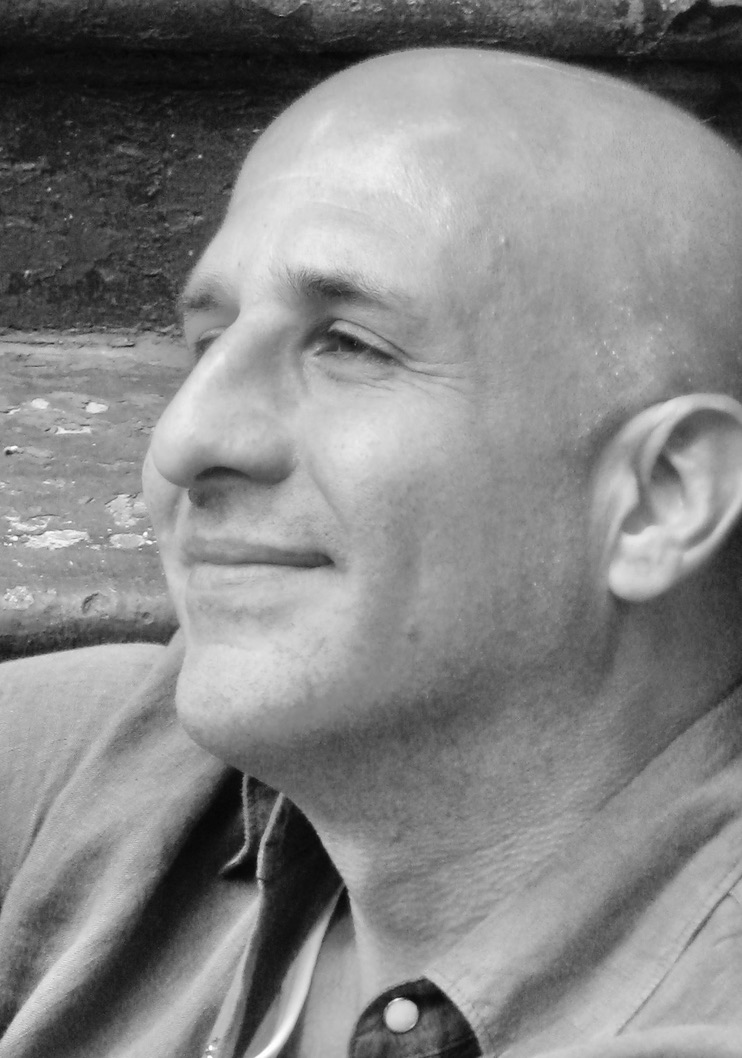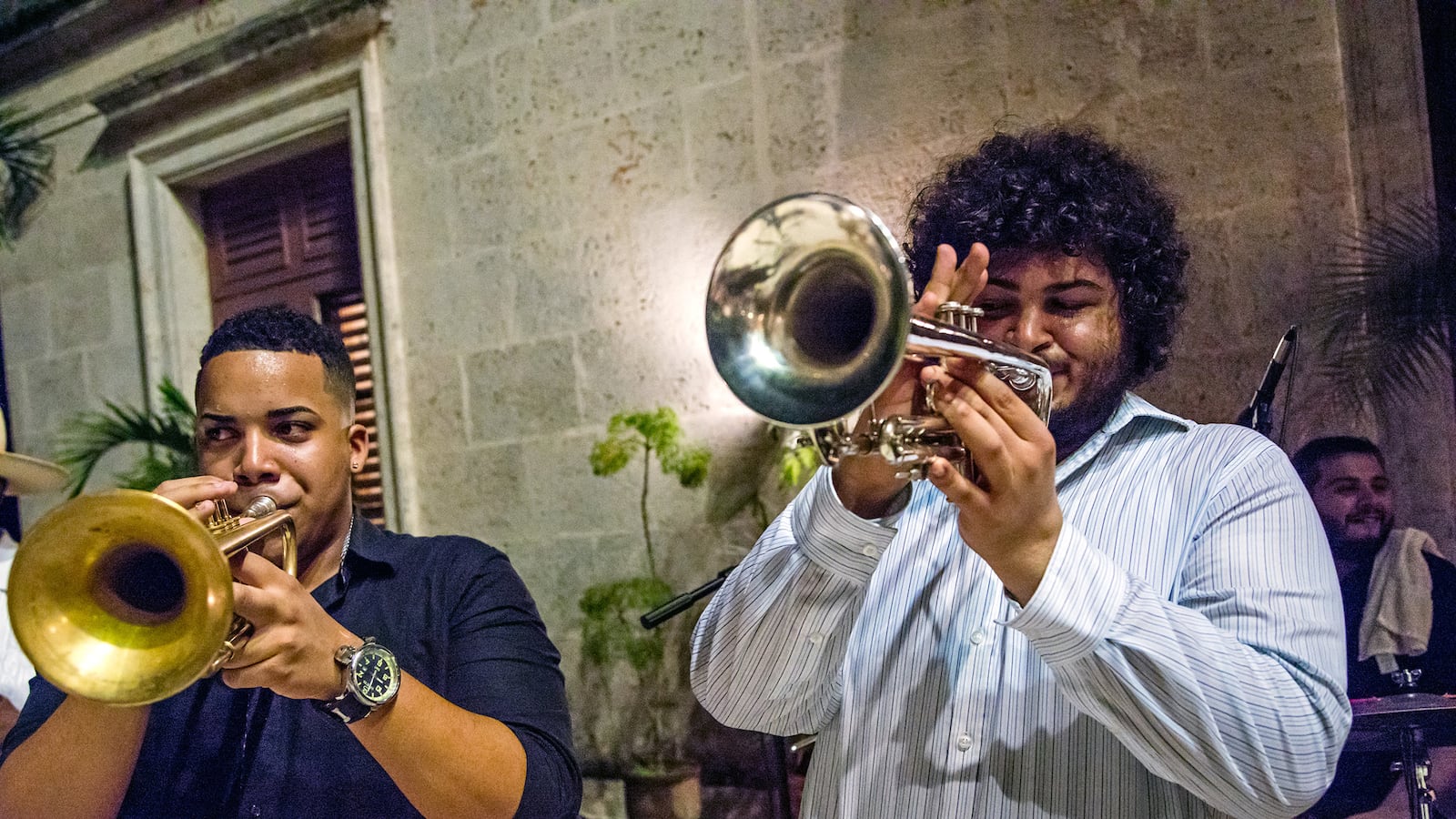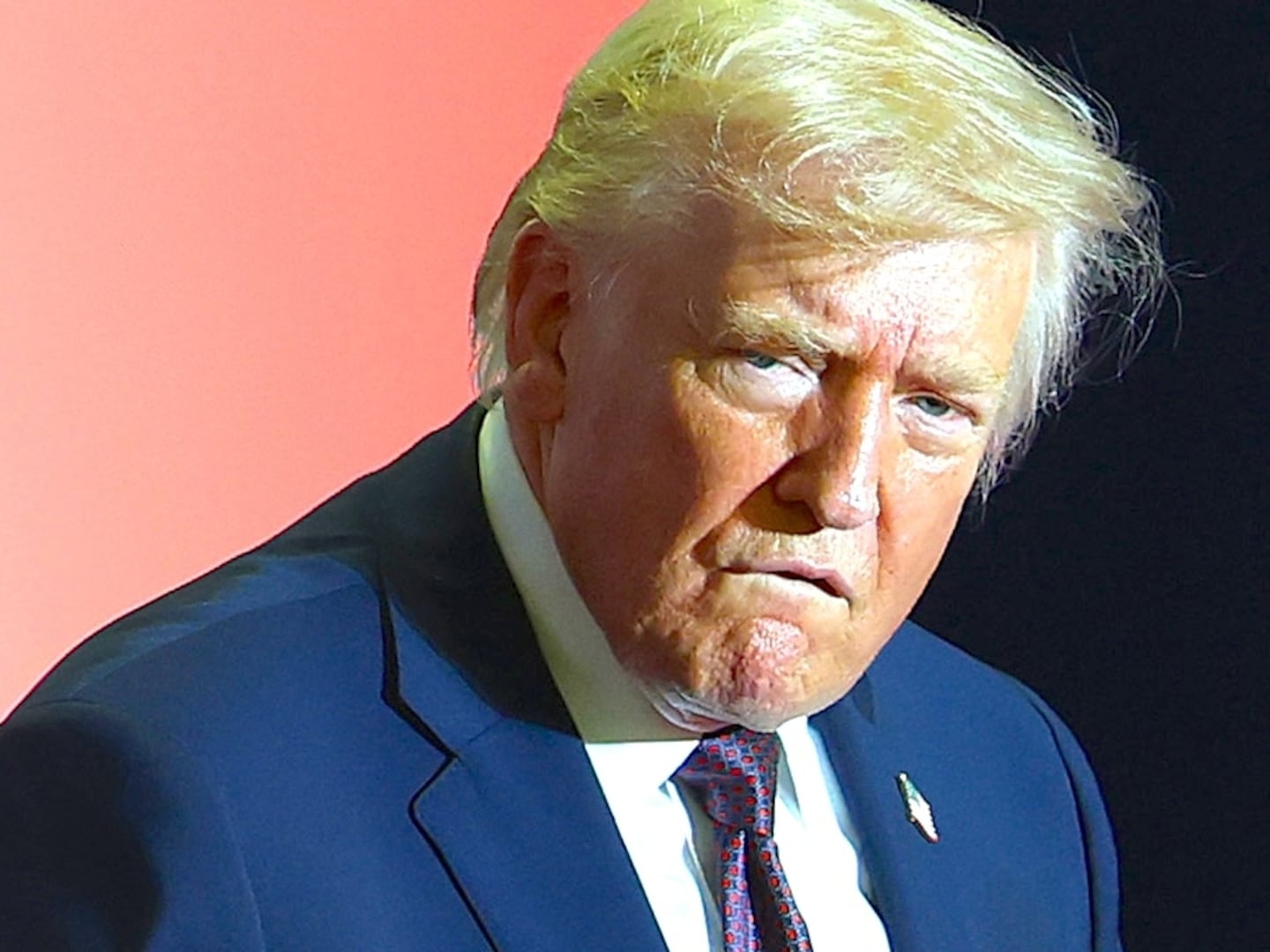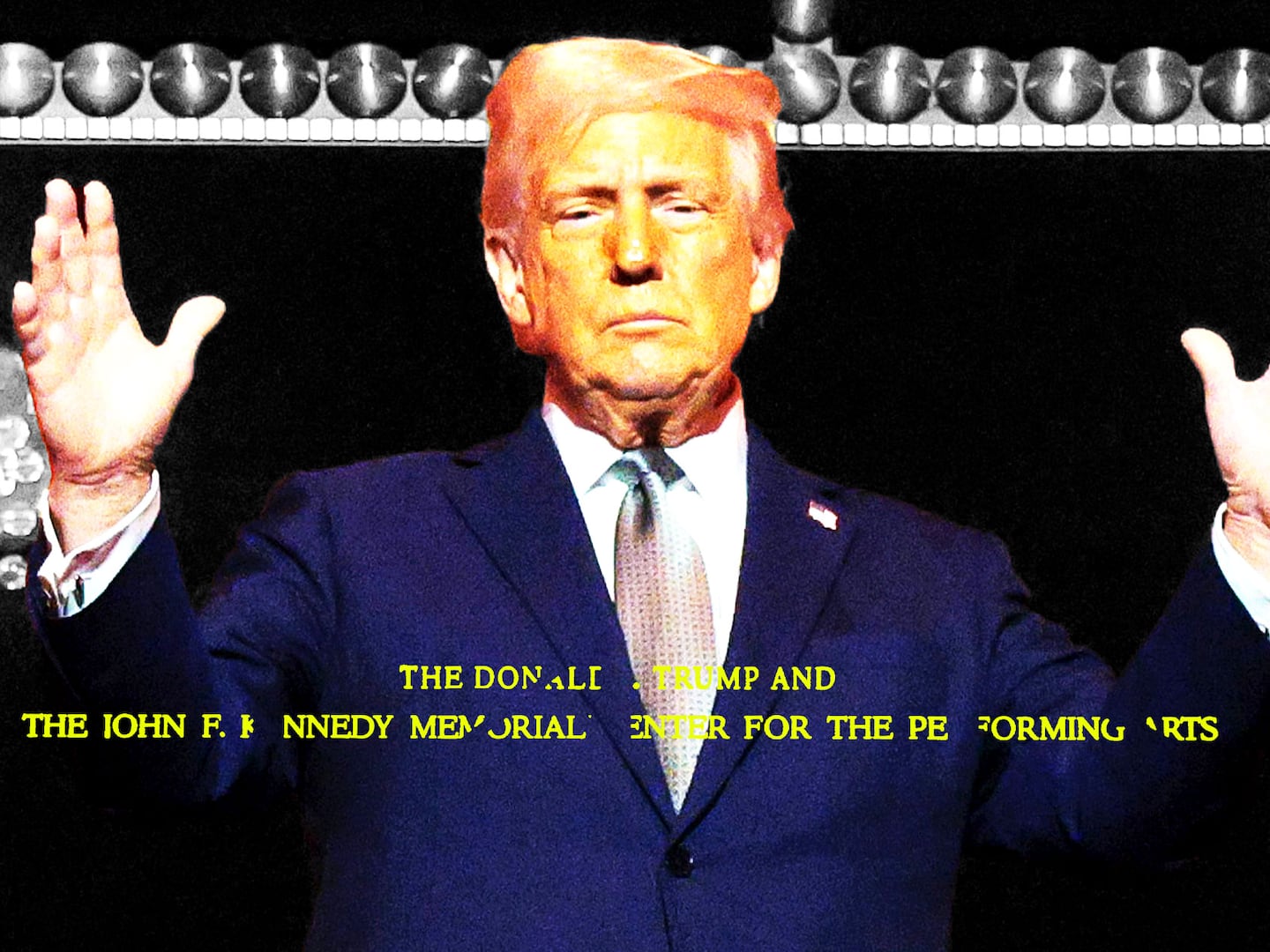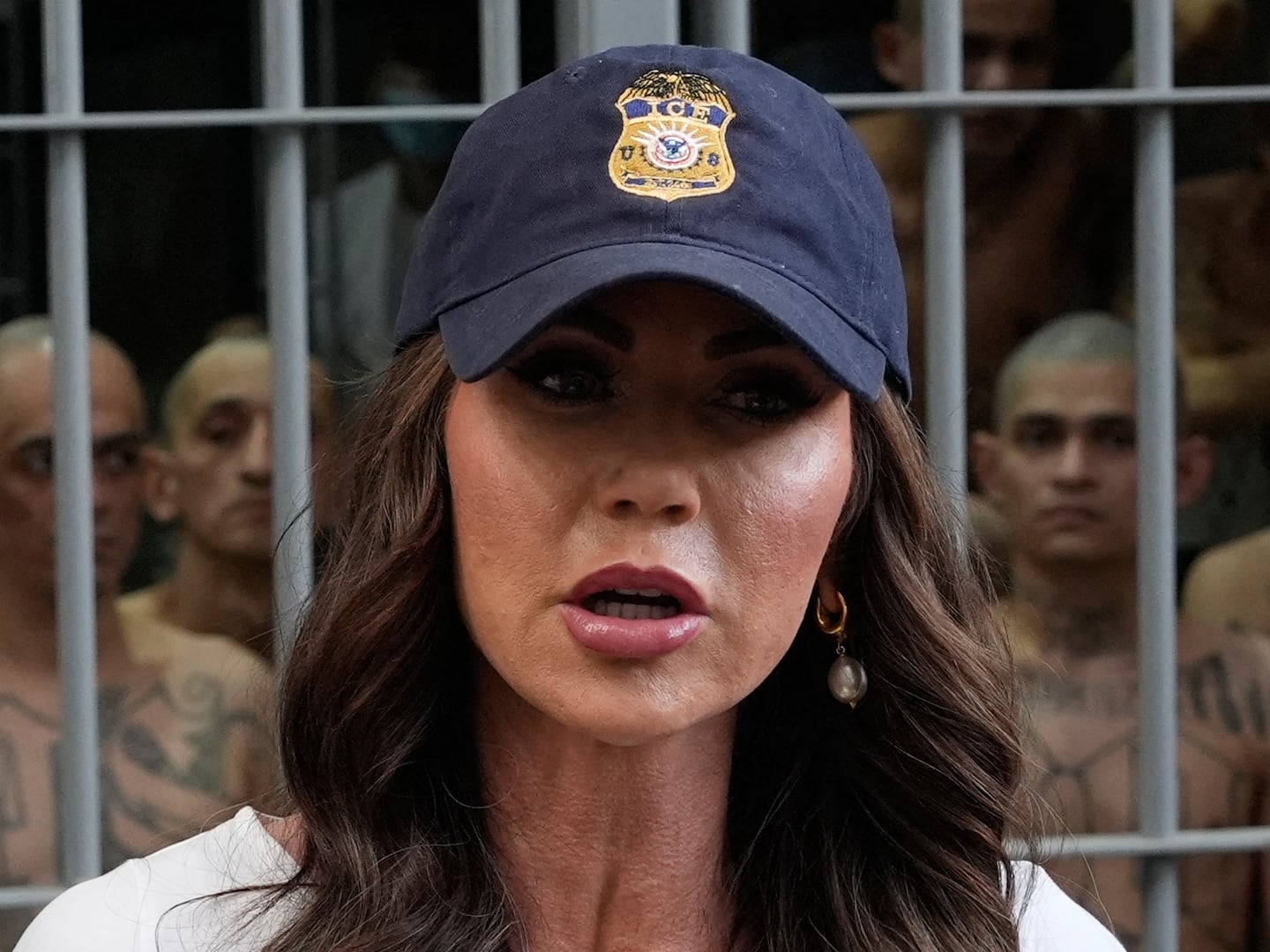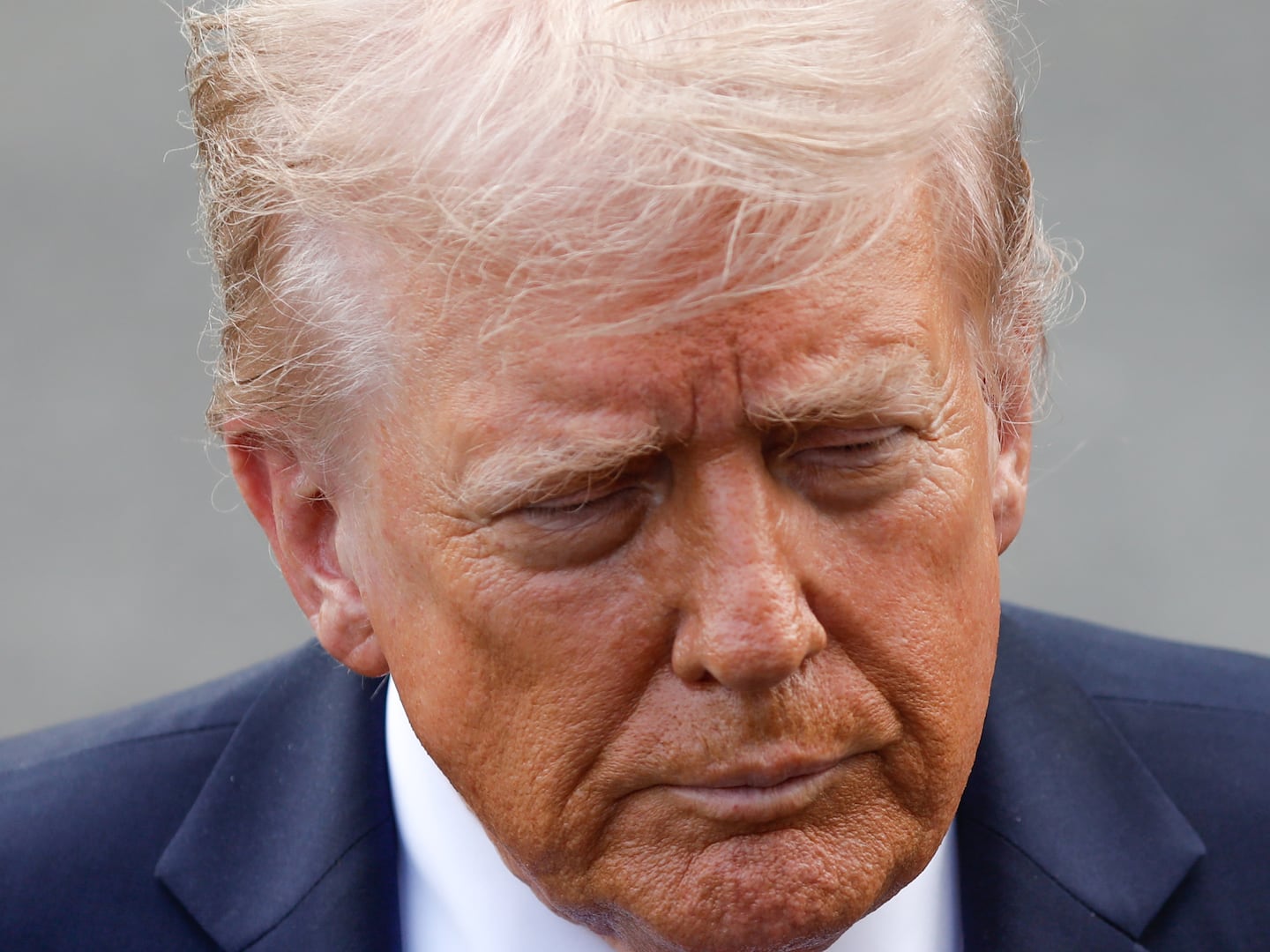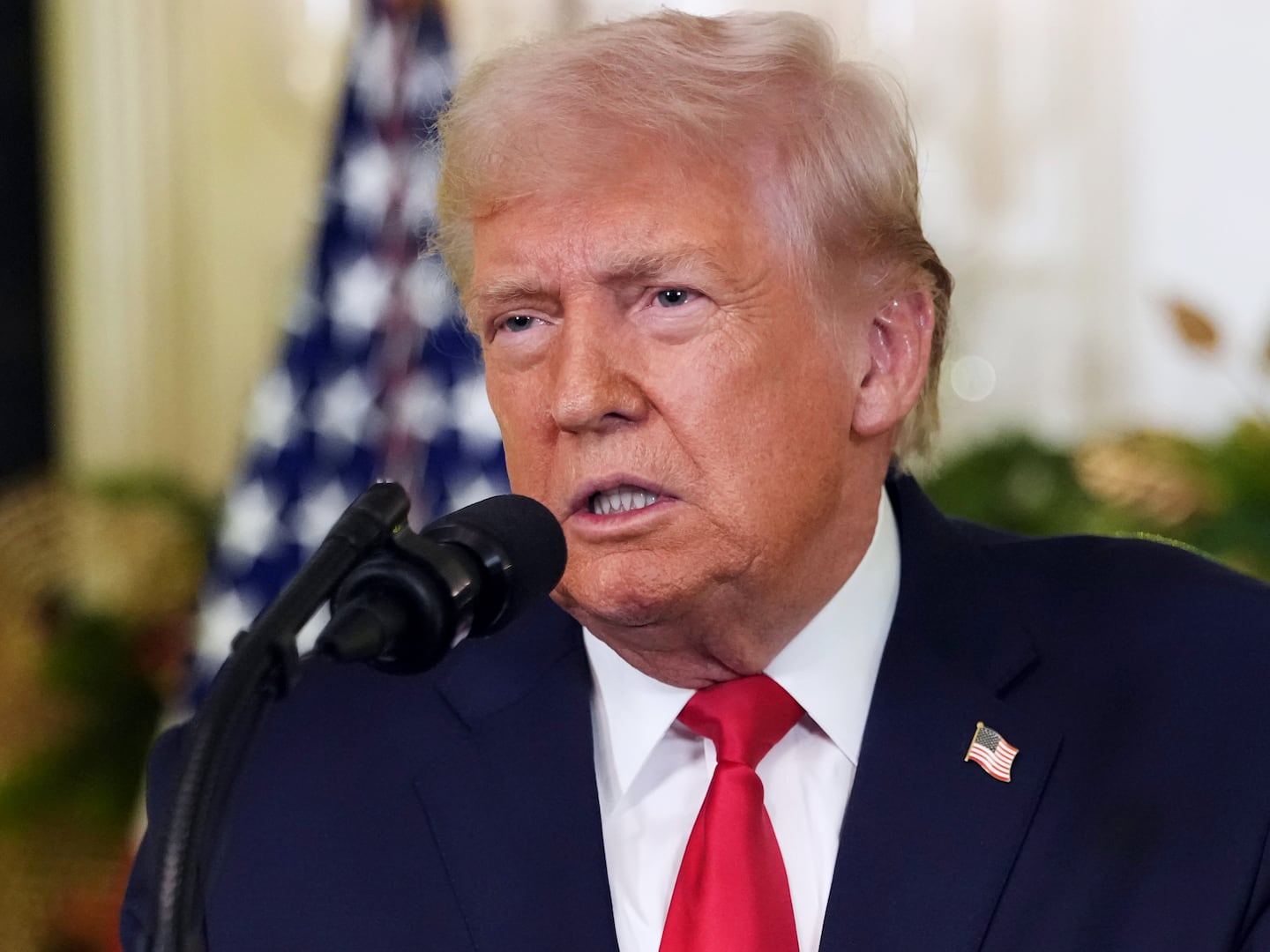A full moon hung low in the Havana sky, looking expectant, the night before a gala mid-December concert opened the 32nd annual Jazz Plaza Havana festival. A reception crowded the courtyard of the U.S. ambassadorial residence, the air spiced with the scent of rum, the sound of music, and a sense of possibilities.
Pianist Arturo O’Farrill sat at a keyboard. That morning, he had carried a wooden box containing the ashes of his father, the celebrated composer and bandleader Chico O’Farrill, to Colon Cemetery. He was bringing Chico—who was born in Havana in 1921 and died in New York City in 2001, and had left Cuba for good in 1959—back home. Now, amid the cocktails and hors d’oeuvres, Arturo was extending the promise that Chico, beginning with his work with the likes of Dizzy Gillespie and especially through his landmark “Afro Cuban Jazz Suite,” had mightily advanced—an innate and unbreakable musical connection between the U.S. and Cuba that is less forged than revealed.
The small ensemble O’Farrill led that evening kept shifting in personnel and musical style, befitting this cross-cultural truth. Gregg August, the bassist in O’Farrill’s own Grammy-winning Afro Latin Jazz Orchestra, handed his instrument to Darianna Videaux Capitel, a clearly confident 26-year-old female bassist who grew up in Guantanamo. Bebop shifted to bolero when Omara Portuondo, the commanding Cuban singer who gained worldwide fame through her association with Buena Vista Social Club, joined for a song. Trumpeter Adam O’Farrill, Arturo’s son and a rising star in New York City, traded solos with Cuban trumpeter Jesús Ricardo Anduz, whose brilliant tone and dexterity belied his 19 years; their playful competition spoke of nascent friendship and shared musical dialects. Arturo soon gave way at the keyboard to Fabian Almazan, who would perform as headliner the next night in trumpeter Terence Blanchard’s E-Collective band; he was in Cuba for the first time in 23 years, and had spent the previous week reuniting with relatives he’d last seen when he was nine.
Soon Jennifer DeLaurentis, wife of Jeffrey DeLaurentis, the American Chargé d’Affaires in Cuba, addressed the crowd. She recalled O’Farrill’s performance at this house in 2014, the night before Presidents Barack Obama and Raúl Castro made the unexpected announcement of a path toward normalized relations. In the interim, much has changed for those traveling between the two nations, including, as of November, the first regularly scheduled flights from the U.S. to Havana since 1961. Where travelers from the U.S. once faced frustrating bureaucracy and expensive charters to fly to Cuba, one need now just check off items on a pull down screen to book flights. Meantime, savvy music fans in New York City have lately needed only to check local listings to find performances by Cuban musicians that were only recently rare events.
“Last year, half a million Americans visited Cuba,” DeLaurentis said. “We hope this grows after more than 50 years of policies that separated us.” Among those sipping mojitos as they applauded were Daniel Florestano, of the Barcelona-based Montuno Productions, and Scott Southard, of the U.S-based International Music Network. Both had partnered for the first time with Cuba’s National Center for Popular Music, under the direction of the Ministry of Culture and the Institute of Cuban Music, to book the Jazz Plaza Festival’s artists from the U.S. and other countries. Nearby was Steven Bensusan, president of New York City’s Blue Note Entertainment Group, which in addition to its constellation of music clubs now hosts Cuban tourism packages for U.S. visitors; the company was listed as a first-time Jazz Plaza sponsor.
Owing to the U.S. embargo of Cuba, which is still in effect, the musicians from the U.S. don’t receive artists’ compensation, and the U.S.-based companies don’t work directly with Cuban entities. Nevertheless, the context created by the Obama administration’s engagement has made for a revival of not just artistic exchange—for instance, trumpeter Roy Hargrove’s Grammy-winning 1997 album Habana was born of this festival experience—but also for an influx of Americans among the audience members. Ambitions for this year’s event, held Dec. 15-18, were suitably heightened. The headliners included three American bands: Blanchard’s E-Collective, bassist Christian McBride’s trio, and the Grammy winning ensemble Snarky Puppy. In addition to the Havana festival under the artistic direction of pianist Chucho Valdés, a simultaneous sister event was organized in Santiago with pianist Roberto Fonseca as artistic director. Southard expressed the hope of turning the festival into an event with the international cachet of, say, Art Basel.
Since the U.S. embargo of Cuba began in 1962, the ability of Cuban and American musicians to travel back and forth has shifted with the political winds. The late ’70s saw a brief but notable loosening of tensions. In 1985, President Reagan took a hard line. In the late ’90s, under Clinton, the doors opened again, especially for artists, to encourage “people-to-people exchange.” George W. Bush reversed that policy. Following a memorable December 2003 engagement by Chucho Valdés at Manhattan’s Village Vanguard jazz club, no other musician living in Cuba played in the U.S. until 2009, when the Obama administration began loosening travel restrictions.
If the air at the ambassadorial residence in Havana on the eve of the Jazz Plaza festival was filled with possibility, it was also suffused with uncertainty. Ten days earlier, Fidel Castro’s ashes were interred in the cemetery of Santa Ifigenia in Santiago, Cuba; it is hard to overstate that symbolism in a Cuba that has experienced rapid change during the past few years. More to the point, Obama’s respectful engagement of Cuba will shortly be replaced by whatever approach Donald Trump’s administration chooses. Based on the president-elect’s belligerent tweets following Castro’s death—“…I will terminate deal…”—and his naming of Mauricio Claver-Carone, an extremist pro-embargo Floridian, to the transition team, it seems unlikely that our host at that reception, Jeffrey DeLaurentis, or anyone else, will be confirmed as ambassador to Cuba anytime soon. That open door may well swing shut again.
If the musicians at Jazz Plaza knew that, they focused instead on opportunities at hand. For them, there’s a deeper if less obvious promise to what Jazz Plaza can represent. If one musician embodies the legacy of Jazz Plaza, it is Valdés, who sat front and center during a press conference at the Habana Libre Hotel the morning before the festival’s opening. His father, pianist Ramón “Bebo” Valdés, was a central figure among the first generation of big-band mambo arrangers in Cuba. During his decade-long tenure as pianist and arranger for Havana’s famed Tropicana nightclub, Bebo led the island’s top players and worked closely with visiting American stars such as Nat King Cole and Sarah Vaughan. “Cuban music and American jazz, that’s what we lived and breathed in my house,” Chucho once told me. “I learned to play Jelly Roll Morton by listening to my father play.”
Chucho Valdés first performed at Jazz Plaza in 1980, leading his groundbreaking group, Irakere. This was just two years after Irakere made its U.S. debut at Carnegie Hall during the 1978 Newport Jazz Festival, appearing unannounced on a program that featured jazz pianists Mary Lou Williams, McCoy Tyner, and Bill Evans—and stealing that show. Then, Valdés introduced Americans to a bold and subversive music, both a response to Cuba’s post-revolution rejection of American jazz and rock and a seed for Cuban dance music now known as timbá. His tight band with a huge sound expressed a broad sweep of influences: from Afro-Cuban folkloric music to his father’s legacy; from the small-ensemble jazz of Art Blakey to the jazz-infused rock of Blood, Sweat & Tears.
At the press conference, the threads of musical commonality couldn’t have been clearer. Valdés spoke about Blakey’s Jazz Messengers as the inspiration for the name of his current band, the Afro-Cuban Messengers, and how he has now, at 75, segued into that role of elder teacher that Blakey exemplified for generations of American jazz musicians. Terence Blanchard then spoke of his years as a young trumpeter in Blakey’s band, and how Valdés projects that same rhythmic authority and purpose. Christian McBride explained that his father, Lee Smith, had played bass from 1977-1981 for Mongo Santamaria, the Cuban percussionist who made an indelible impact on American music after moving to the U.S. “I don’t think most Americans understand how Cuban American music is,” McBride said.
Blanchard, who lives in New Orleans, where he was born and raised, and who has addressed issues of social justice with increasing frequency both on and off the bandstand, spoke with barely restrained passion about his first visit to Cuba, and about the stereotypes he feels Americans are fed about the island. “I’m frustrated that I’m 54, and I’ve been 45 minutes away from here my entire life,” he said. “I feel like something has been stripped away from me for a very long time. I work in education. My people need to be here and see the truth, not lies. And that’s what jazz has always done. The history of this music is to tell the truth.”
That night, at Havana’s Mella Theater, Valdés played a long and commanding set with his own group, displaying the full range of his expression, from thunderous virtuosity to delicate intimacy, and the wondrous interaction of a rhythm section that combines trap set, congas, and batá, the set of three two-headed hand drums that are elemental to Afro-Cuban rituals. He ended by inviting Blanchard and McBride onstage. They closed with “Caravan,” during which Blanchard’s playing evoked Dizzy Gillespie’s recording of more than 60 years ago, on an album whose one-word title, Afro, implied unity more than fusion.
Jazz Plaza’s sprawl, packed into four nights, is hard to effectively capture. Cuban musicians who are fairly well known in the U.S. via their recordings shone, particularly pianists Harold López-Nussa and Roberto Fonseca. So did musicians who should be better known here, such as trumpeter and composer Yasek Manzano. My favorite Jazz Plaza venue is the open-air Casa de la Cultura de Plaza, where the group Interactivo was as energetic and innovative as I’d remembered, jumping across geographic and genre borders with ease and charm. A few nights later, bassist Alain Perez led a large ensemble that combined Afro-Cuban elements with jazz improvisation and turned on a dime in the style of, say, James Brown. Drummer Yissi García’s Banda XX was notable for its all-female cast, it stylistic range, and the presence of the wonderful singer, Daymé Arocena. Pianist Rolando Luna’s various appearances in and around Jazz Plaza left me wishing he’d perform in the U.S. very soon. Arturo O’Farrill’s deepening relationship with Cuba made for the best collaboration between Cuban and U.S. artists, at the Teatro Bertolt Brecht, on closing night. That one featured the young trumpeter Jesús Ricardo Anduz, who has just made what I expect to be a notable arrival in New York.
The resonance of this year’s festival is yet to be heard. It will surely echo at Manhattan’s Symphony Space, where, on Jan. 27-28, Arturo O’Farrill and Chucho Valdés will perform together, before heading into the studio for a collaborative recording.
Pianist Fabian Almazan spent a few days before Jazz Plaza in the Cuban nature preserve of Las Terrazas, recording bird songs that he plans to incorporate into his next recording for his independent label, Biophilia Records.
At Havana’s José Martí airport, awaiting his flight home, Terence Blanchard explained that, everywhere he went in Cuba, he saw people whose facial expressions and movements reminded him of friends and relatives in New Orleans. “I’ve traveled to Europe and Japan my whole professional life and I’ve been deeply affected by those places, but it’s nothing like this,” he said. “For any African American, this is a missing link in the chain of your own identity. That’s going to change how and what I play.”
I flew back to New York City with O’Farrill, and I recalled what he’d told me in 2014, after Obama and Raúl Castro made their historic announcement. “Now we can begin in earnest to have a healthy relationship in which Afro-Cuban music is not so exoticized,” he’d said, “one in which we look at each other as inheritors of a common legacy, and as true partners.”
In 2014, Obama had promised to “begin a new chapter among the nations of the Americas.” Here’s hoping Trump doesn’t close the book on all that. Regardless, the story these musicians extend, which began long before the embargo, will go on.
